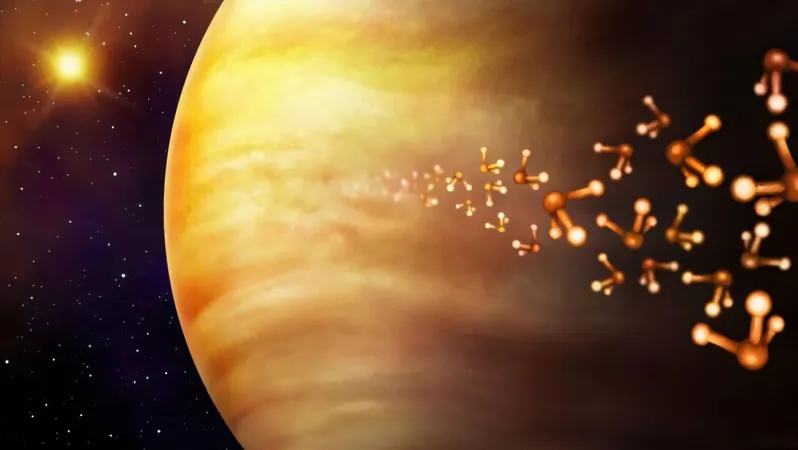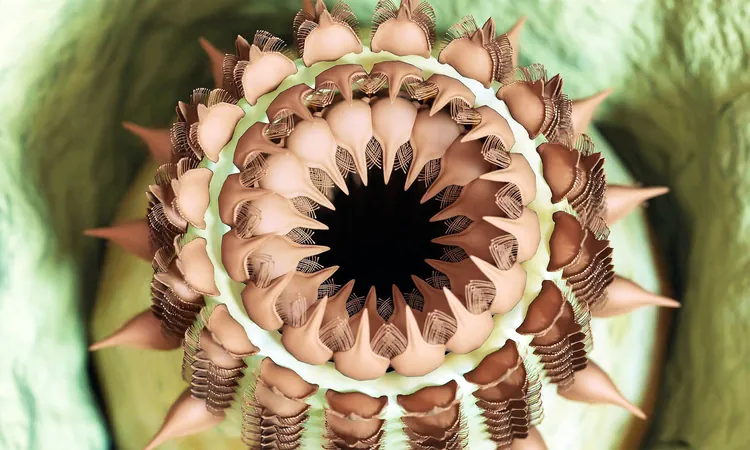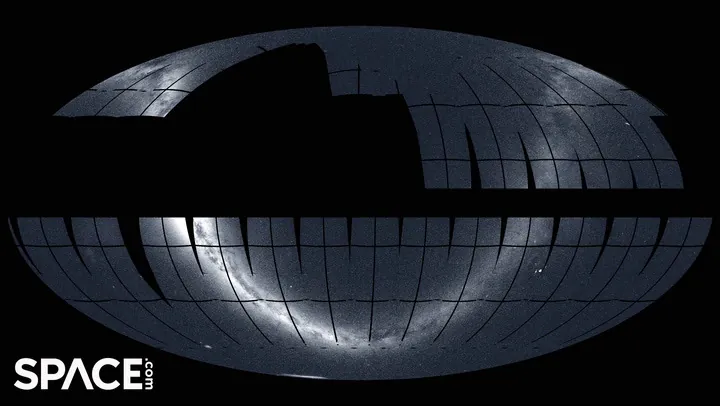
Could There Be Life in the Clouds of Venus? A Bold New Mission Aims to Find Out!
2025-07-09
Author: Yu
The age-old question of whether tiny microbial life exists in the sulfuric clouds of Venus may soon be answered, thanks to an ambitious UK-backed mission.
For the last five years, scientists have unearthed potential signs of life in the form of two gases: phosphine and ammonia. On Earth, these gases are typically generated by biological processes and human industrial activities.
The presence of these substances in Venus' atmosphere poses a mystery that current Earth-based scientific models cannot explain. Led by Cardiff University's Professor Jane Greaves, a team is formulating plans to unravel this enigma.
Speaking at the Royal Astronomical Society's National Astronomy Meeting 2025 in Durham, the researchers unveiled a novel mission concept—aiming to investigate and map concentrations of phosphine, ammonia, and other hydrogen-rich gases that shouldn't be present in Venus’ atmosphere.
Their plan includes developing a CubeSat-sized probe at a cost of €50 million (approximately $59 million) to ride aboard the European Space Agency's EnVision mission, launching in 2031. This probe, named VERVE (Venus Explorer for Reduced Vapors in the Environment), would detach upon reaching Venus to conduct its own independent survey while EnVision analyzes the planet's atmosphere, surface, and interior.
"Recent data suggests there is more ammonia in Venus’ clouds, possibly in the habitable zones of the atmosphere," revealed Professor Greaves. "Currently, there are no known chemical mechanisms to explain the production of ammonia or phosphine on the planet, and the only way to uncover their origins is to launch a probe."
The mission's aim is to assess whether these gases are present in significant quantities or merely trace amounts and whether they originate from volcanic activity on the planet’s surface or from microbes in the atmosphere trying to buffer the acidity.
Phosphine was first detected in Venus' clouds in 2020, a finding that sparked controversy when follow-up observations could not replicate the results. However, this setback did not deter the researchers involved in the JCMT-Venus project from continuing their investigation.
Utilizing the James Clerk Maxwell Telescope in Hawaii, these scientists meticulously tracked phosphine’s signature, revealing that its presence fluctuated according to Venus' day-night cycle, suggesting it is rapidly destroyed by sunlight.
Dr. Dave Clements from Imperial College London, leading the JCMT-Venus project, noted that variations in abundance of phosphine over time and location could potentially clarify previous conflicting studies.
Last year, it was additionally reported at a NASA event that ammonia was also tentatively detected on Venus, another puzzling factor since no known geological or atmospheric processes could account for its existence.
Despite surface temperatures soaring to about 450°C, conditions high in the atmosphere, where temperatures drop to a more temperate 30-70°C and pressures similar to Earth's, could create an environment where extremophiles—microbes that thrive in extreme conditions—might survive.
As researchers gear up for this ambitious foray into Venusian exploration, new findings on these gases are anticipated to be published later this year, potentially putting us one step closer to answering the question: Is there life in the clouds of Venus?




 Brasil (PT)
Brasil (PT)
 Canada (EN)
Canada (EN)
 Chile (ES)
Chile (ES)
 Česko (CS)
Česko (CS)
 대한민국 (KO)
대한민국 (KO)
 España (ES)
España (ES)
 France (FR)
France (FR)
 Hong Kong (EN)
Hong Kong (EN)
 Italia (IT)
Italia (IT)
 日本 (JA)
日本 (JA)
 Magyarország (HU)
Magyarország (HU)
 Norge (NO)
Norge (NO)
 Polska (PL)
Polska (PL)
 Schweiz (DE)
Schweiz (DE)
 Singapore (EN)
Singapore (EN)
 Sverige (SV)
Sverige (SV)
 Suomi (FI)
Suomi (FI)
 Türkiye (TR)
Türkiye (TR)
 الإمارات العربية المتحدة (AR)
الإمارات العربية المتحدة (AR)